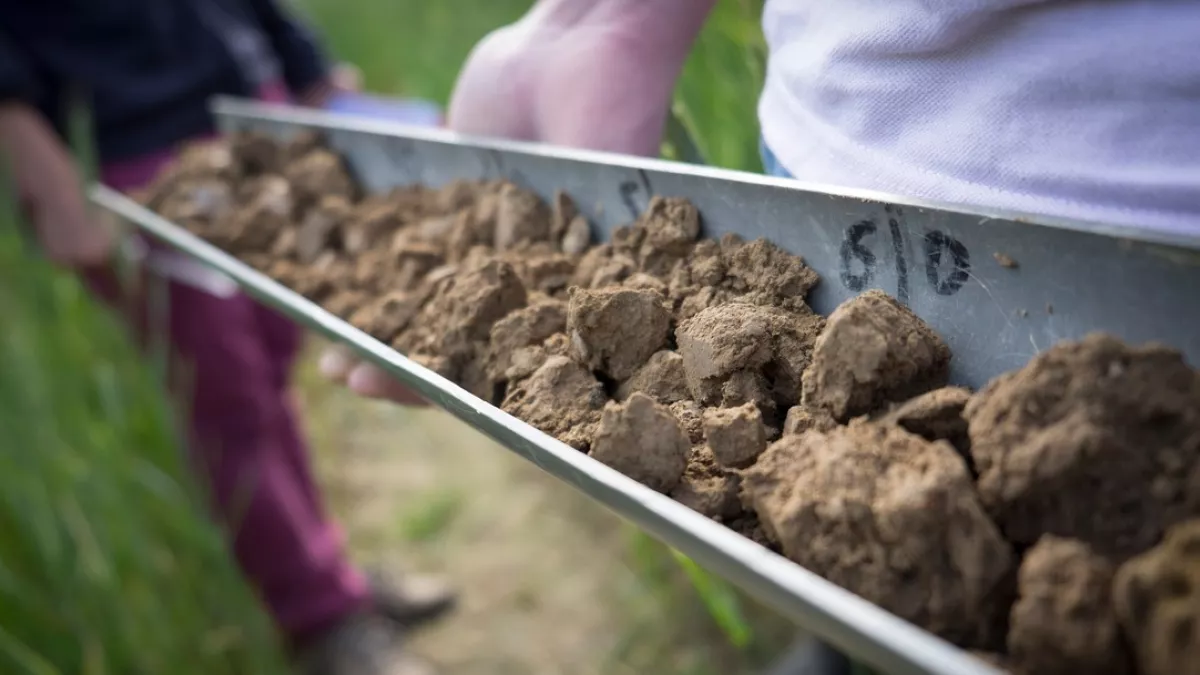
Greenhouse Gas Elimination: The Secret’s in our Soil
Partager la page
A team of scientists from the French National Institute for Agricultural Research (INRA) has just made headway in the discovery of a source of nitrous oxide reduction, and it’s in our soil !
Nitrous oxide (N2O) is one of the principal greenhouse gases responsible for the deterioration of the ozone layer, alongside carbon (CO2) and methane (CH4). Earth’s terrestrial ecosystems are responsible for around 70% of all N2O emissions, at least 45% of which originate from nitrogen products in agricultural soils such as fertilizer, manure, dung and crop residues. With the planet’s ozone layer in danger, it is important to work to reduce the greenhouse gas emissions, and to do so one must not only understand how such gases are produced but also how they are eliminated.
Of the numerous amount of research dedicated to greenhouse gases in recent years, there has been surprisingly little literature on nitrous oxide until now. It was unknown, for example, whether soil was a source or a sink for N2O. In their breakthrough discovery, the research team at INRA has shown that European soil acts as a sink for N2O; reducing it to Nitrogen (N2), an essential and environmentally benign gas that comprises 80% of the air we breathe. They analyzed 47 soil samples throughout Europe and found very big differences in each sample’s capacity to eliminate N2O.
What could account for such variability? The answer is microorganisms. These special groups of microorganisms vary in their levels of abundance in soil and their efficacy in N2O elimination. This suggests that soils can be rendered more conducive to N2O reduction.
With this in mind, work has already begun to demystify the physical and chemical properties of the soils that were found to be favorable for the development of these microorganisms. Furthermore, thanks to metagenomics and the analysis of hundreds of thousands of DNA sequences, the researchers have succeeded in identifying several different groups of microorganisms capable of being bioindicators through their systematic capacity to break down nitrous oxide. That is to say, these groups of microorganisms work so consistently that they can be used as reliable monitors for the changes in their ecosystems.
These findings underscore the importance of biodiversity in soil as well as reveal another indispensable function that the soil has in environmental preservation. The researchers are currently exploring ways in which agricultural practices might be modified and implemented to promote the growth of these beneficial groups of microorganisms. The ability to stimulate such beneficial properties in our soil could bring about untold benefits for the environment and for agricultural sustainability.
Pour en savoir plus :